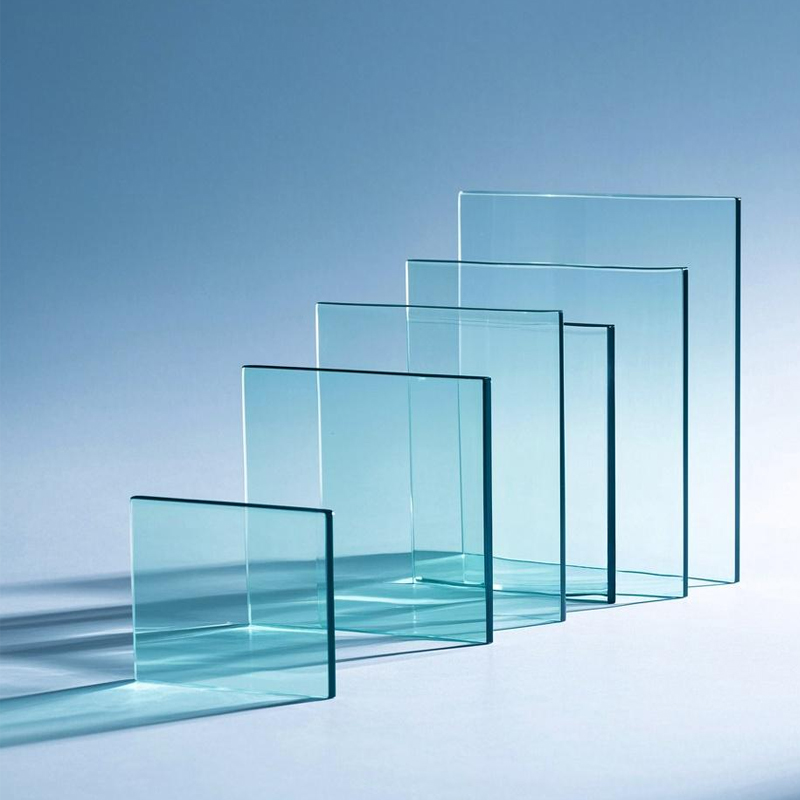The maximum thickness of glass that can be cut depends on the type of cutting equipment and its technical specifications. Anhui Ruilong Glass Machinery Co., Ltd., a leading manufacturer of glass processing equipment, offers customized solutions tailored to client requirements, including cutting machines designed for varying glass thicknesses. Below is a comprehensive analysis based on industry standards and technological innovations:
1. Standard Glass Cutting Machines and Thickness Ranges
Most commercial glass cutting machines are optimized for specific thickness ranges. For example:
-Ultra-thin glass cutting machines (e.g., those used for smartphone screens or optical glass) typically handle thicknesses between 0.12 mm and 2.5 mm.
- General-purpose glass cutting machines (e.g., for architectural or automotive glass) may process thicker materials, ranging from 3 mm to 25 mm, depending on the machine's power and blade design.
2. Technological Advancements in Thickness Adaptability
Recent innovations in glass cutting technology have expanded the capabilities of cutting systems:
- Adjustable cutting platforms allow operators to modify the machine's positioning and cutting depth dynamically. This adaptability enhances precision for both thin and thicker glass sheets, though the exact maximum thickness depends on structural rigidity and servo motor power.
- High-precision components, including Japanese Panasonic servo motors and Taiwan-made ball screws , enable machines to maintain stability when cutting thicker glass.
3. Custom Solutions by Anhui Ruilong Glass Machinery
As a specialized manufacturer, Anhui Ruilong emphasizes flexibility in its product line:
- Their machines can be tailored to cut glass up to 30 mm or thicker for industrial applications, such as laminated safety glass or bulletproof panels. Customizations may include reinforced diamond blades, enhanced vacuum adsorption systems, and adaptive pressure controls to prevent cracking during deep cuts.
- The company’s expertise in R&D allows integration of features like dual CCD visual positioning (similar to Shenzhen Zhuoyao’s systems) and CAD-based cutting path optimization, ensuring precision even at extreme thicknesses.
4. Key Factors Influencing Maximum Thickness
Several technical parameters determine a machine’s capacity:
Blade type: Diamond wheels are preferred for thicker glass due to their durability and sharpness.
Mechanical stability: Platforms made of 0 level smoothness marble , as seen in high-end models, resist deformation under heavy loads.
Automation level: Fully automated systems withclosed-loop control minimize human error, critical for cutting thick glass consistently.
5. Industry Trends and Future Directions
The demand for thicker glass in sectors like renewable energy (e.g., solar panels) and construction is driving advancements in cutting technology.
Conclusion
While standard machines typically handle glass up to **2.5–25 mm**, specialized equipment from manufacturers like Anhui Ruilong Glass Machinery can be customized to cut glass exceeding **30 mm**. The exact maximum thickness depends on machine design, blade technology, and application requirements. For tailored solutions, collaborating with experienced manufacturers ensures optimal performance and adaptability to specific project needs.

 +86 15655238712
+86 15655238712 info@ahrlbljx.com
info@ahrlbljx.com









 online service
online service

